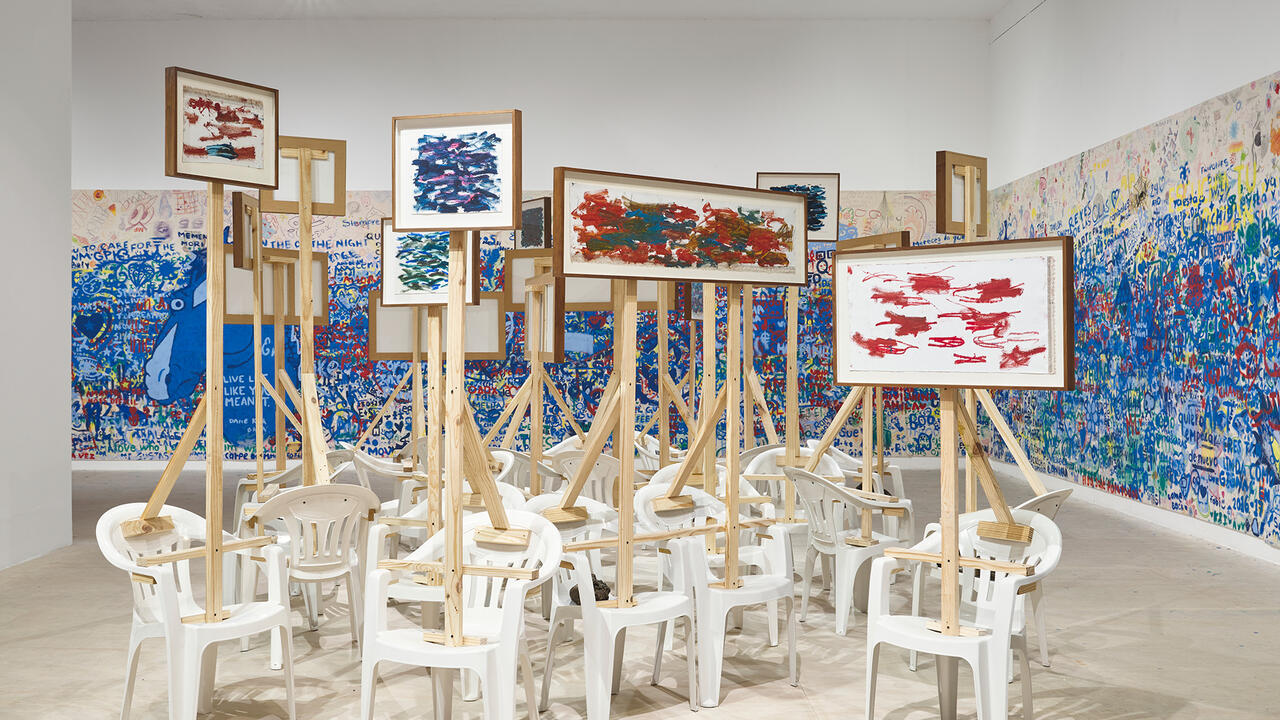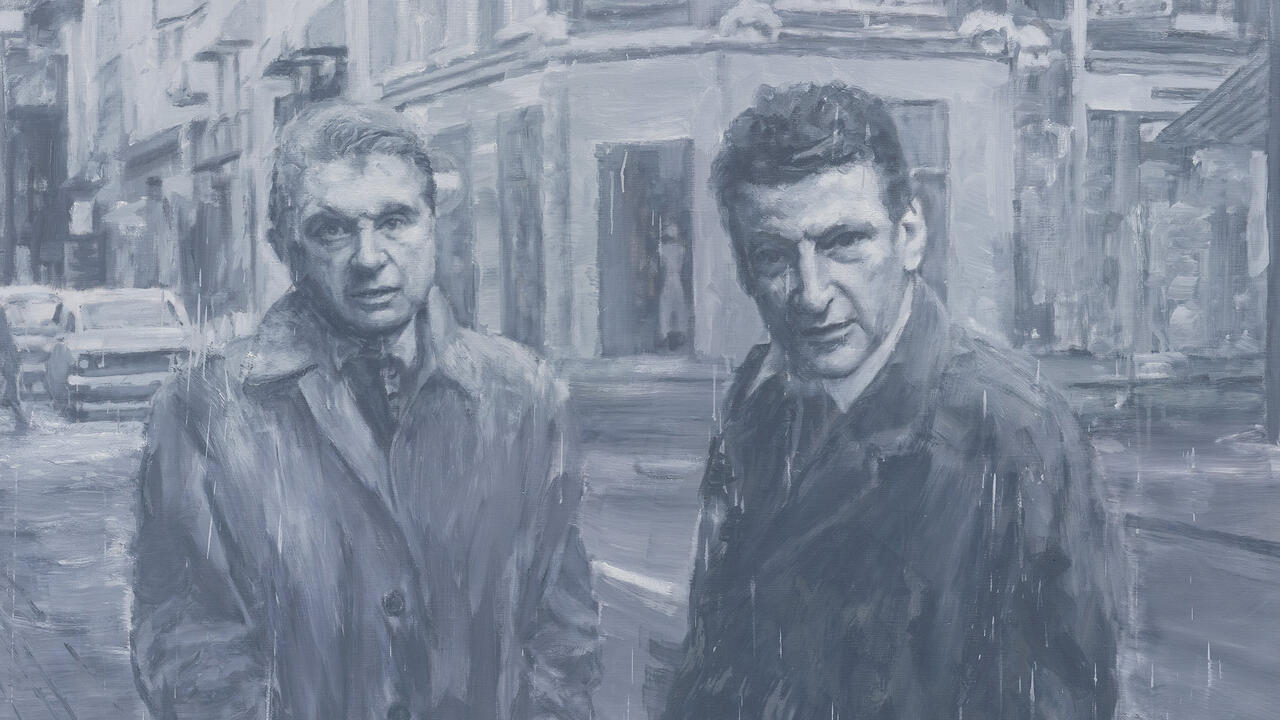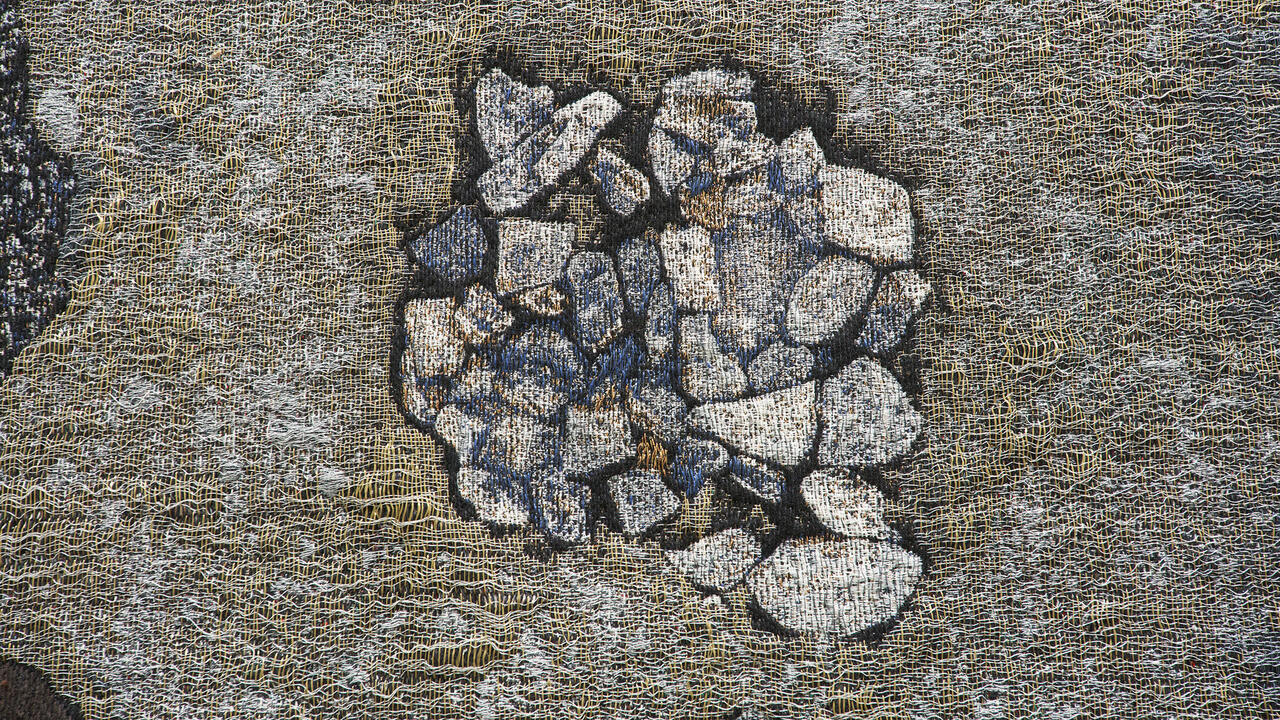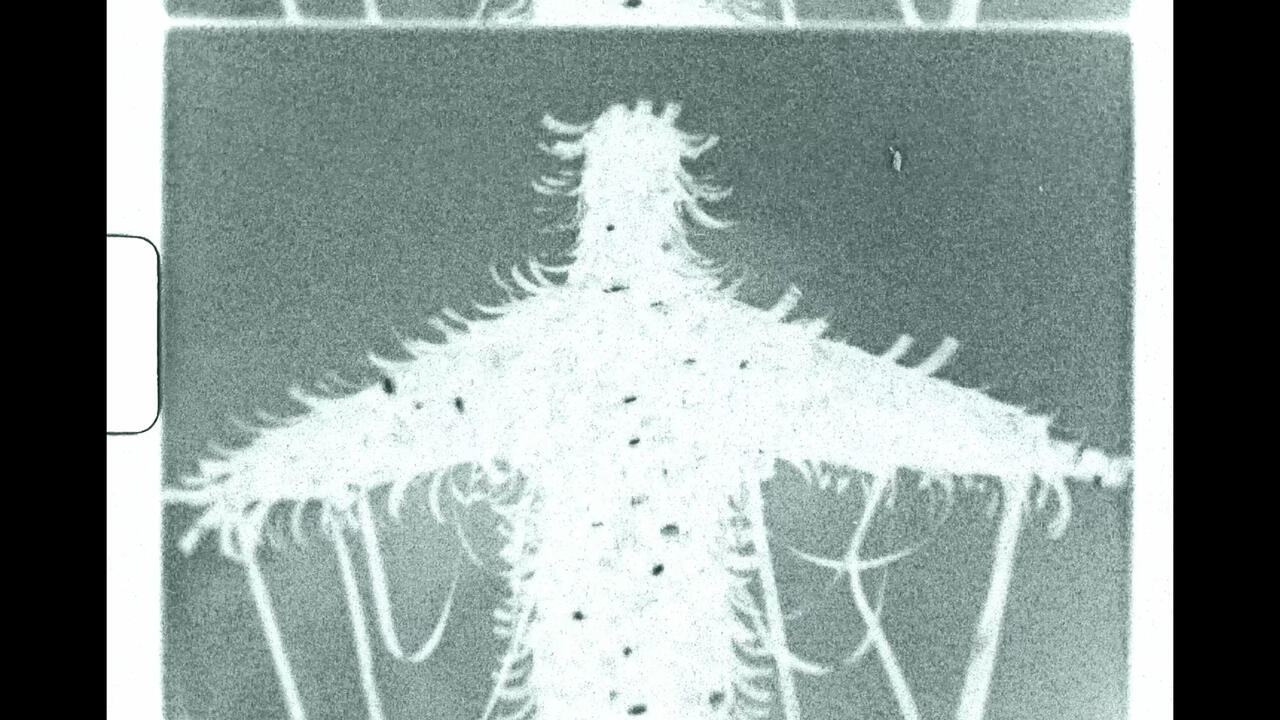‘Life on Earth’ Presents New Models for Living
An ecofeminist show of 18 artists and collectives at The Brick, Los Angeles, decentres a male perspective – but ultimately can't get away from a human one
An ecofeminist show of 18 artists and collectives at The Brick, Los Angeles, decentres a male perspective – but ultimately can't get away from a human one

Nobody goes to an exhibition of ecological art expecting to take home an escape plan for humankind’s impending extinction. Nor does ‘Life on Earth: Art & Ecofeminism’ – curated by The Brick’s deputy director, Catherine Taft, in the nonprofit’s new space – claim to provide any such solutions. What the exhibition does offer are ‘ways of being’, as Taft writes in the wall text, that decentre not only a male perspective but also a human one, while taking up ecofeminism’s central argument that environmental catastrophe is incepted by the Western capitalist patriarchy.

The 18 artists and collectives in ‘Life on Earth’ – hailing from as far afield as Belgium, French Guiana, Lithuania and South Korea – are less concerned with assigning blame than they are with establishing new models for living and making. The most pragmatic approach is taken by one of the senior figures in the exhibition, Leslie Labowitz Starus. In the 1980s – not long after the term ‘ecofeminist’ was coined – the artist began cultivating nutritious plants in her California garden, estimating that the greens could feed her entire neighbourhood. Her installation SPROUTIME IS NOW! (2024) includes trays of wheatgrass and protest signs bearing slogans like: ‘At the root of resistance is renewal.’
Many of the younger artists in this exhibition adopt media and imagery that do not immediately telegraph their eco credentials. A large, tentacular sculpture by Alicia Piller, Mission Control. Earthseed (2024), is woven together from petrochemically derived materials – such as vinyl, pleather and roofing underlay – many of which were salvaged from The Brick’s recent renovation. Visitors can sit on thrones inside this trash-womb-nest-shrine and read notes and newspaper clippings about ecological disaster reproduced from the archives of science-fiction writer Octavia Butler, whose work has been influential on many ecofeminists.

Certain works, including Tabita Rezaire’s digital prints and a video installation by the interdisciplinary, women-led group Alliance of the Southern Triangle (A.S.T.), employ online aesthetics to jarring effect. Rezaire’s Womb Consciousness project (2022–ongoing) adopts the hyperactive formatting of memes and Instagram stories, incorporating screenshots and unattributed, sloganistic texts in mismatched fonts. As a wall label clarifies, however, Womb Consciousness is a collaborative endeavour with writers, artists, friends and relatives ‘invoking the wisdom of the womb’, while the artist’s prints are produced on organic recycled cotton. A.S.T.’s Executive Order 27–1100100: Phase Change towards the Deluge (2024) collages digital animation and video with reels ripped from Instagram or TikTok to produce a hectic, anxiety-inducing document of rising sea levels in Florida.
These artists may centre female subjectivity, but their perspectives remain steadfastly human, even algorithmic. Despite the exhibition’s claims, only humanity is responsible for the Earth’s environmental crisis, and only humanity can conceive of its responsibility to repair it. One room is given over – deservedly – to two works by A.L. Steiner which underscore what activists used to call ‘people power’: To Chnge Evrythng (2023), a video essay that combines found footage, screenshots of browser windows, text and video of collaborators, including a reading by the poet Eileen Myles, and a diaristic photo installation, Capitalism Does Not Care (for April Vendetta) (2024), documenting Steiner’s community.

Acknowledging similar sentiments, though more modestly, is an affecting installation by the Oglala Lakota artist Kite. On the gallery floor is a shoebox-sized model of an empty dive bar. Above it hangs a sheet of clear acrylic, on which Kite has arranged glass spheres in the pattern of a Lakota visual prayer, and crosses to indicate the position of the stars. Owítaya (Gathering) (2024) embodies perhaps the most impactful theme of this exhibition: the interplay between communities in microcosm, on the ground, with community writ large in the cosmos.
‘Life on Earth: Art & Ecofeminism’ is on view at The Brick, Los Angeles, until 21 December
Main image: ‘Life on Earth: Art & Ecofeminism’, 2024, exhibition view. Courtesy: The Brick, Los Angeles; photograph: Ruben Diaz























